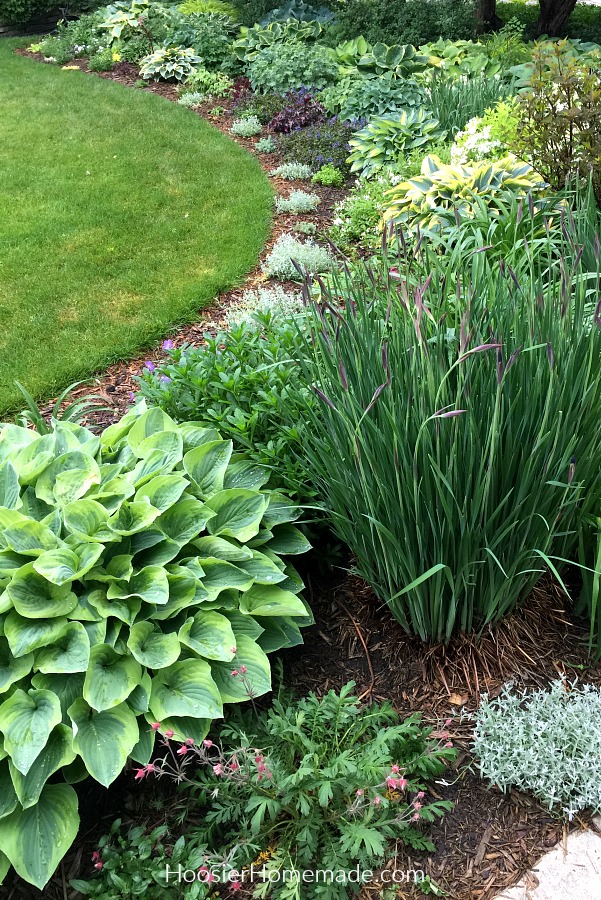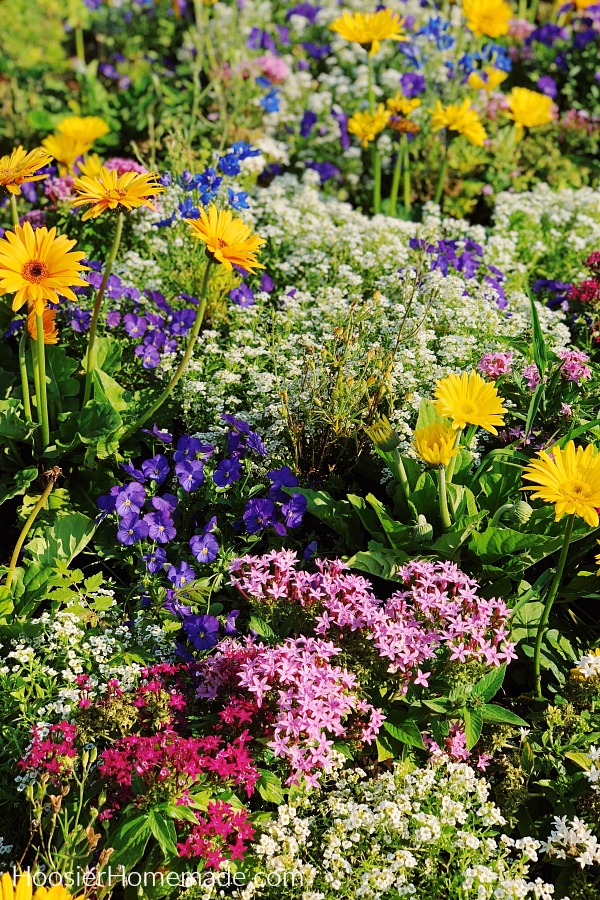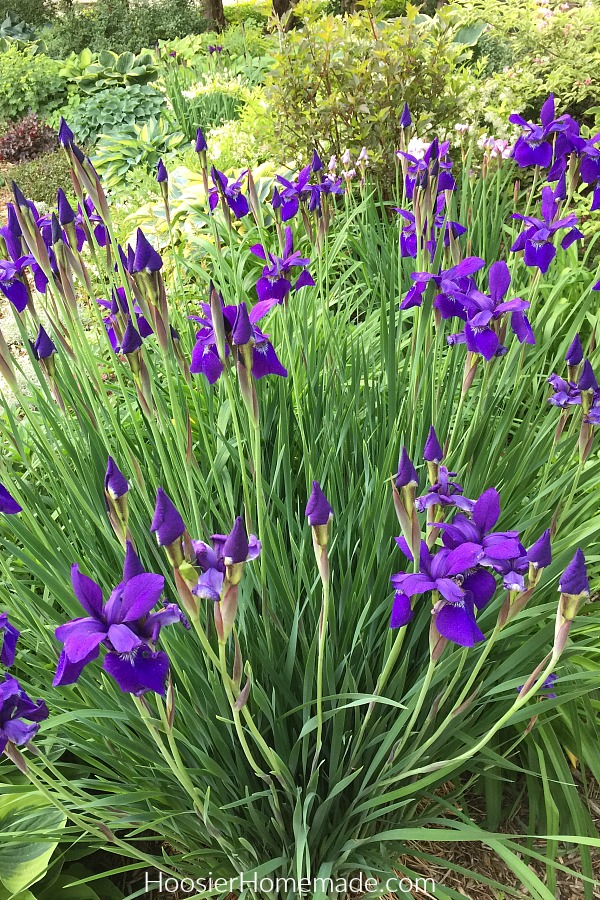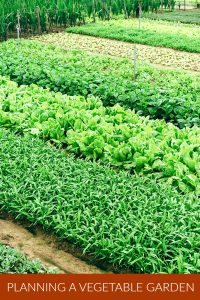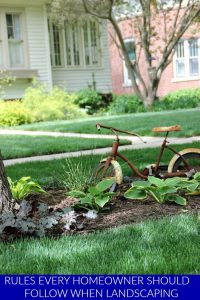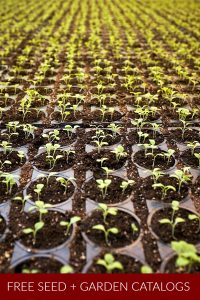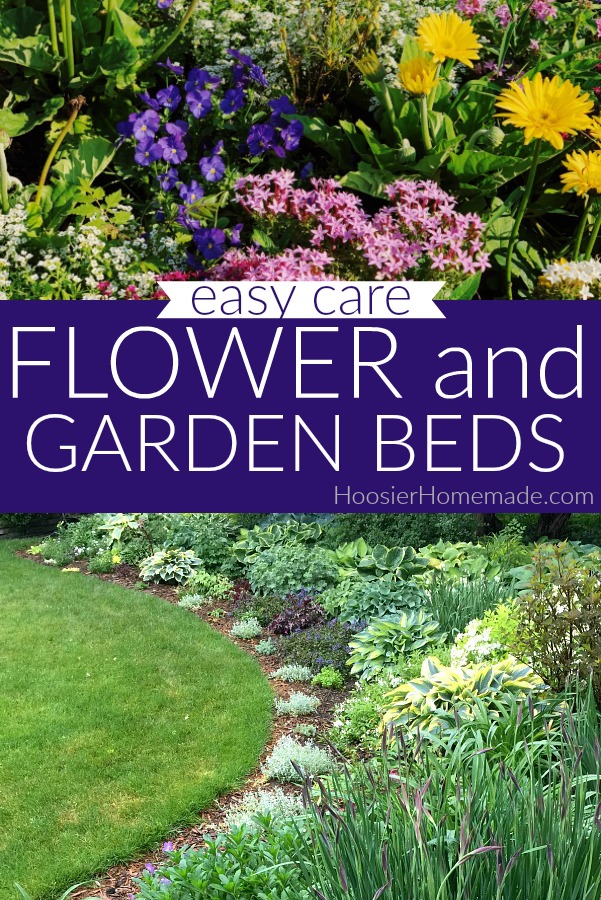Designing Flower and Garden Beds for Easy Care
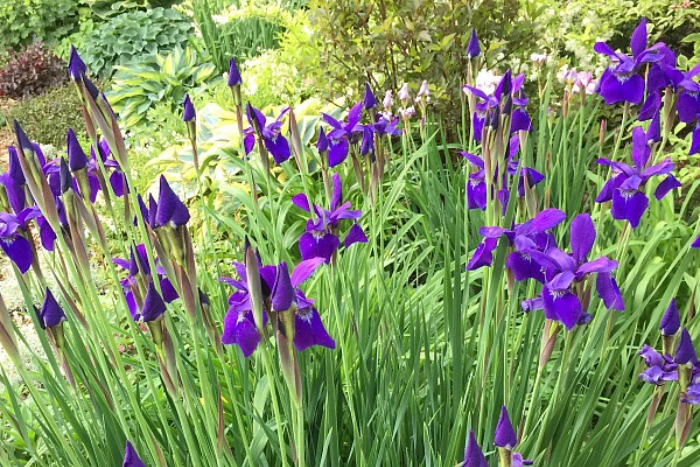
With the right planning, there is almost no such thing as a bad garden location. Designing flower and garden beds to be as much a part of your living space as the rest of your yard, will repay your efforts year after year.
Turning areas of your lawn into a productive planting bed requires a little time and planning. To assume that you can just dig up a portion of your lawn and turn it into a proper planting area is a sure fire way to fail. The soil is as important as sunlight to your plants, and good soil gives plants the moisture, nutrients, and oxygen they need to grow.
Sometimes you luck out and the area you choose for your garden and flower beds is ideal. But frequently you have to deal with poor soil conditions especially if you are dealing with new home construction.
Keys to Designing a Garden for Easy Care
- Design for accessibility
- Choose plants suited for your area
- Give plants a good growing environment
Garden Accessibility
Keeping your design simple is important, no matter how beautiful your concept is if you can’t maintain it easily, odds are you won’t maintain it to the level you need and the joy of gardening quickly fades when it becomes looked at strictly as work or a chore.
The best garden design will allow you easy access to all the areas of the garden. As well as limiting the foot traffic around the root zone of the plants. Since most adults can reach 3 feet away from their body. A good rule of thumb is to not make any area wider than 5 feet, that way you can reach the entire area as you work around it.
When you design a garden in this manner it brings along additional benefits. You will limit the soil compaction around the base of the plants which can limit root growth and affect your yield. And the spacing allows for air flow through the plant canopy to help control pests and plant diseases.
Choosing the plants for your garden
If you are a first-time gardener the first thing to know is… you will make mistakes. The best thing to do going forward is to take the time to get to know the growing conditions of your area. These include plant hardiness, maintenance required, and pest and disease resistance. You’ll make every part of growing plants easier and your garden will thrive when you properly match the plants you choose correctly.
While it’s possible to grow marginally hardy plants, it makes for extra work.
Factors to consider when choosing plants for your garden or flower beds
- Plant Hardiness – this is determined by the gardening zone of your area. Identify your zone on this USDA Plant Hardiness Zone Map.
- Maintenance Required – choosing the right plant for the area can contribute to the maintenance required to grow it. Planting a palm tree in Minnesota is going to require a lot of extra maintenance to grow a healthy plant. This is an extreme example but I hope it helps you understand the concept better.
- Soil pH for optimum growth – Every plant has its preferred soil acidity, and when the pH level is out of range a whole lot of problems can occur. The most immediate is that it can limit the availability of nutrients to your plants. The optimal soil pH range is from 5.5 to 7.0. You can buy a kit to test your soil pH at your local garden center.
- Pest & Disease Resistance – Whenever possible purchase plants with high pest and disease resistance.
Easy Maintenance
Locating plants with room to grow in addition to the other factors you consider when choosing your plants can influence their health and make for easy garden maintenance. Plants located where they have the proper exposure to sunlight, adequate soil nutrition and drainage and room to grow, stay healthier and produce more flowers and fruit.
Most gardeners tend to crowd too many plants into an area. Whether it’s the experienced gardener with a love of plants and wanting to have as many varieties as possible in their garden or less experienced gardeners who don’t want to look at the bare ground between plants as they mature. Especially when you start with a small quart sized planted pot that will turn into a 2 to 3-foot mounding plant.
Planting annuals among perennials is a good way to handle the urge to crowd young plants. Start by spacing your perennials correctly and finish by filling in the bare areas with complementary annuals. This eliminates the bare looking spots and helps control weeds additionally. You can either remove the annuals as the perennials fill in or use an annual plant with a dense canopy like nasturtium.
Tools for maintaining your garden
- Garden Spade
- Spading Fork
- Hay Fork
- Long Handled Bow Rake
- Long Handled Garden Hoe
- Scuffle Hoe
- D-Handled Shovel
- Trowel
- Garden Cart
